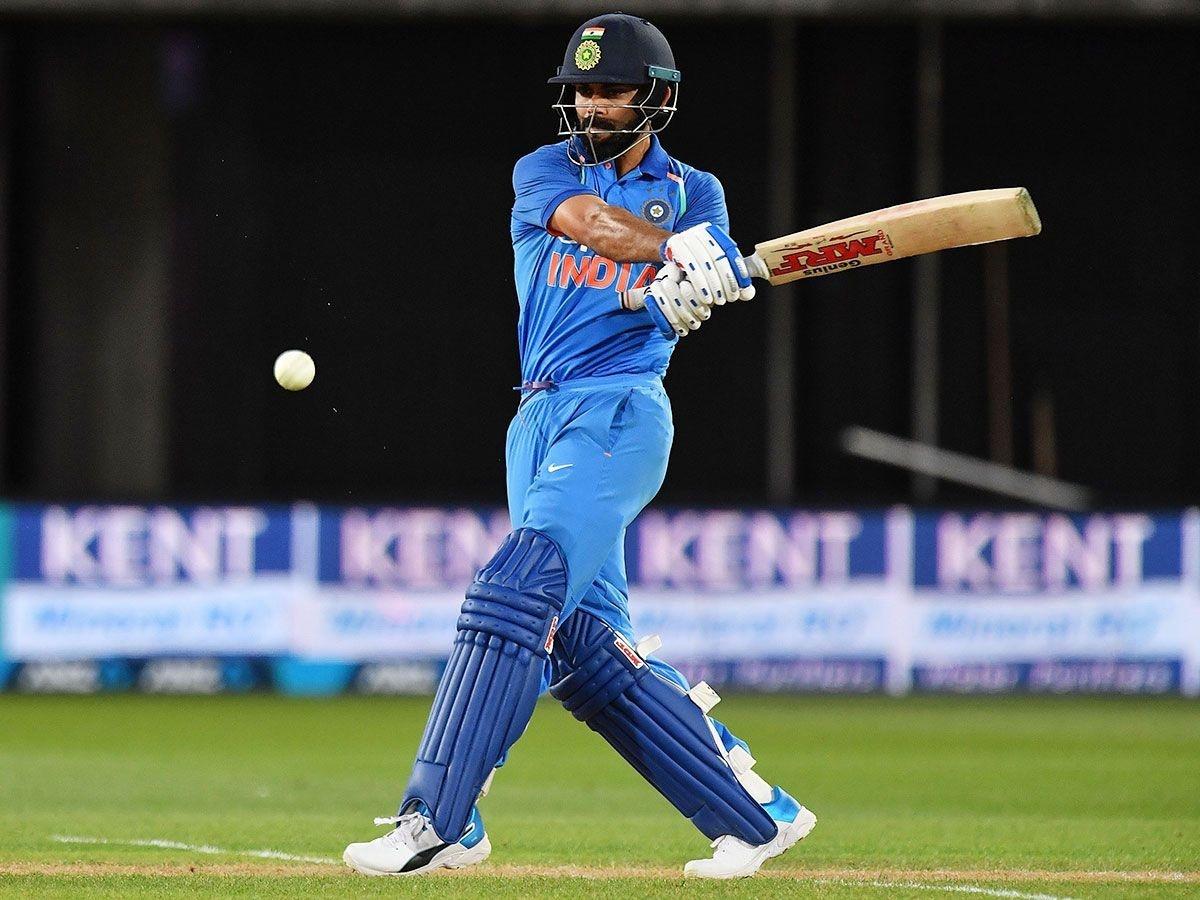“Edged and taken at the first slip” – how many times have we shouted that at a cricket match! On the side of the barn, on the cover, in the back square, these are some of the common phrases we are used to hearing since we started watching cricket.
It’s no secret that cricket is the most watched sport in India, and because of this, There are some best fantasy app that have firmly entered the consciousness of the Indian public. You may not remember what you had in the morning, but if you can recall any position on the cricket field, you can remember it even with your eyes closed.
Have you ever wondered how these fielding positions got their names? Here we detail 12 little-known facts about positions on the cricket field that every fantasy sports app player should know.
The slippery spade.
As the name implies, a slider is set when a batsman “slips” or makes a mistake. Traditionally, sliders 1, 2 and 3 stand to the right of the keeper (for righties) to deprive the batter of any opportunity. There are also various types of slips, fly outs – usually standing on the boundary of a 30m circle – and leg outs.
Gullies.
Gullies similar to slips have been named accordingly. A gully literally means a narrow channel or gully, and is often used to plug the gap between the slide and the point. It is both a rescue position and a bowling position. Although less common in limited overs cricket, this wicket keeper position is almost mandatory in Test cricket.
Middle and top order.
The middle and top rows are the middle positions of the fences to the left and right of the bowler.” The terms “middle-order” and “top-order” come from the early designations of these positions as “middle-order” and “middle-order. This area is much more aggressive and critical, especially at the longest game time.
Point.
Also known as “Jonty’s corner”, this point is a field position created by Jonty Rhodes himself (arguably the greatest hitter of all time). This area is usually handled by the best outfielders, as the ball flies off the bat’s surface fairly quickly and the probability of the batter being knocked down is high. It is both a catcher and an eye-catching spot. The name of this location comes from the phrase “near the top of the bat”. In the early days, outfielders in this position were closer to the batter than today’s outfielders, who stand almost at the edge of the circle.
Bull’s Corner.
Don’t worry, this isn’t where the outfielder calls the shots; it’s the spot between deep center field and the wide, long top string. It’s unclear how the name originated, and various theories about its origins have emerged over the years. One popular theory is that there were not many crickets in the area, so cattle could graze safely here.
A long pause and a straight shot.
Have you ever been blown for a no-ball in a cricket match at the gulag because one of your team’s fielders happened to be standing on the stumps? Next time you see the umpire, correct him, because that is a perfectly legal place to bat. A long stop is a fielding position that uses a straight line bend with the wicketkeeper. In contrast, a direct hit is between a long stop and a long pitch behind the pitcher.
Silly comment.
The name of this batting position is as stupid as its name really is. This is because the outfielder is standing so close to the batter that he treats it as a silly proportion. He was standing on the offside, slightly outside the batsman but very close to him.
Square leg.
The term square leg is reserved for fielders who stand with the side of their legs at a 90 degree angle or perpendicular to the pitch. This position is on the side of the foot, very close to the umpire’s foot. There are different variations of this position, such as the deep back square leg position, where the fielder stands behind the boundary, and the short leg position, where the fielder stands very close to the batter’s leg.
Third man.
It is unclear where the name came from, but in the early days, there was a gap between third base and the barn and the ball often slid through, costing the team extra runs. At this point, the captains decided to place an outfielder on the side between the third slider and the barn, called the third man. This is a position that is usually defensive in nature and is used to stop runs.
